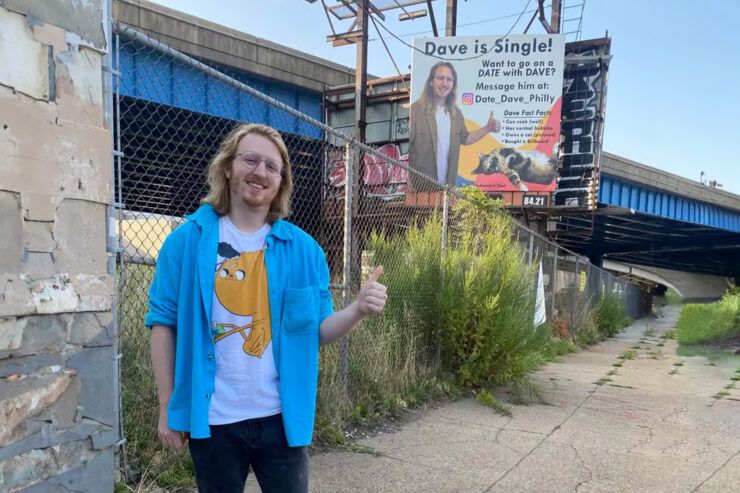
Google Forms and Paid Ads, the new medium to find love Could this be the end of dating apps?

In the history of public calls for romance, one of the pioneers would probably be Dan Perino, who more than 10 years ago plastered posters across New York in search of a girlfriend, capturing the attention of millions with his unorthodox approach. Today, in an unexpected evolution of online dating, Google Forms seems to have emerged as the innovative tool for finding love 2.0, initiated by individuals using paid social media ads to broadcast their romantic intentions. Laura Pitcher shares with Dazed her experience from a little over a month ago, when she stumbled upon the profile of a 33-year-old New Yorker who, via Facebook ads, presented his personal details, bypassing traditional dating platforms in favor of a customized Google Form to find love. This technique reflects a growing trend where people use the targeting capabilities of platforms like Facebook and Instagram to reach a more specific audience, without the constraints of traditional dating apps like superficiality, misalignment of intention and experience, or the issue of predictive algorithms.
Other examples have emerged on social media recently, such as digital artist Thomas Webb, who used TikTok to promote his own form, playing with the concept of "virtual speed dating," where he invited interested parties to fill out a Google Form for a date, or the case of a young man from Philadelphia who rented a billboard in the heart of the city in search of love. This gesture quickly attracted thousands of applicants, proving once again the effectiveness of social platforms in capturing attention. As dating apps increasingly contribute to user fatigue, with a Forbes Health survey showing that 79% of young people feel burned out, the appeal of these direct methods is understandable. By turning to sponsored posts, those seeking relationships can bypass the limitations of in-person interactions and the slow pace of traditional dating apps. While this method effectively captures attention, the growing use of self-promotional dating ads raises questions about the sustainability of this approach and whether it will only add to the clutter of social media landscapes filled with Google Form links and personal ads.
The rise of women participating in this trend also demonstrates its growing appeal. Figures like Karolina Geits, a New York-based model, have adopted this method, using flyers and social media to find wealthy suitors. Geits and others see it as a creative and direct way to stand out in a saturated digital dating space. Yet, as the novelty of sponsored ads for dating begins to fade, one wonders if these unconventional methods will lose their impact once they become mainstream. As more people seem willing to do whatever it takes to escape the monotony of dating apps, the search for a wider audience could lead to diminishing returns, suggesting that moving away from relentless self-promotion might be the antidote to modern dating frustrations.










































